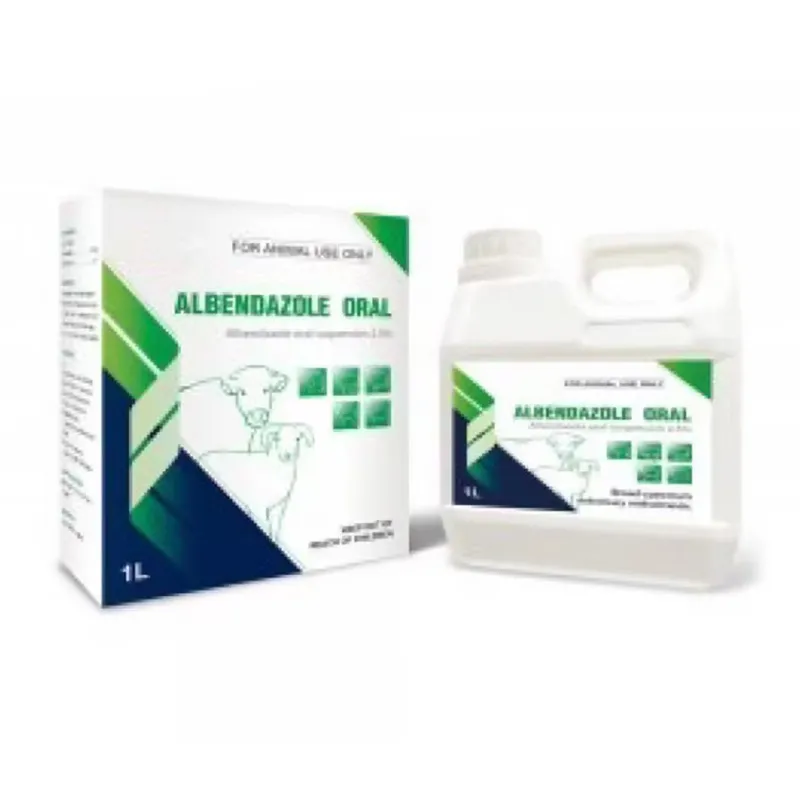- Afrikaans
- Albanian
- Amharic
- Arabic
- Armenian
- Azerbaijani
- Basque
- Belarusian
- Bengali
- Bosnian
- Bulgarian
- Catalan
- Cebuano
- Corsican
- Croatian
- Czech
- Danish
- Dutch
- English
- Esperanto
- Estonian
- Finnish
- French
- Frisian
- Galician
- Georgian
- German
- Greek
- Gujarati
- Haitian Creole
- hausa
- hawaiian
- Hebrew
- Hindi
- Miao
- Hungarian
- Icelandic
- igbo
- Indonesian
- irish
- Italian
- Japanese
- Javanese
- Kannada
- kazakh
- Khmer
- Rwandese
- Korean
- Kurdish
- Kyrgyz
- Lao
- Latin
- Latvian
- Lithuanian
- Luxembourgish
- Macedonian
- Malgashi
- Malay
- Malayalam
- Maltese
- Maori
- Marathi
- Mongolian
- Myanmar
- Nepali
- Norwegian
- Norwegian
- Occitan
- Pashto
- Persian
- Polish
- Portuguese
- Punjabi
- Romanian
- Russian
- Samoan
- Scottish Gaelic
- Serbian
- Sesotho
- Shona
- Sindhi
- Sinhala
- Slovak
- Slovenian
- Somali
- Spanish
- Sundanese
- Swahili
- Swedish
- Tagalog
- Tajik
- Tamil
- Tatar
- Telugu
- Thai
- Turkish
- Turkmen
- Ukrainian
- Urdu
- Uighur
- Uzbek
- Vietnamese
- Welsh
- Bantu
- Yiddish
- Yoruba
- Zulu
10 月 . 10, 2024 04:22 Back to list
Clavam Injection A Key Antibiotic for Treating Bacterial Infections and Supporting Health
Clavam Injection An Overview
Clavam injection is a potent antibiotic formulation that combines two key active ingredients amoxicillin and clavulanic acid. This combination makes Clavam a versatile choice in the fight against a variety of bacterial infections. The efficacy of Clavam injection stems from the synergistic action of its components, which work together to combat antibiotic resistance, a growing concern in modern medicine.
Mechanism of Action
Amoxicillin is a broad-spectrum penicillin antibiotic that works by inhibiting bacterial cell wall synthesis. It is effective against a range of Gram-positive and some Gram-negative bacteria. However, many bacteria have developed mechanisms to produce beta-lactamases, enzymes that can inactivate penicillins like amoxicillin. This is where clavulanic acid plays a crucial role. As a beta-lactamase inhibitor, clavulanic acid protects amoxicillin from degradation, thereby enhancing its effectiveness against resistant strains of bacteria.
The combination of amoxicillin and clavulanic acid helps to expand the spectrum of antibacterial activity, making Clavam injection a valuable option in treating infections caused by beta-lactamase producing organisms. This includes common infections such as pneumonia, sinusitis, urinary tract infections, and skin infections.
Indications
Clavam injection is commonly indicated for the treatment of various infections, particularly those caused by bacteria that are beta-lactamase producers. It is widely used in hospital settings for serious infections, including sepsis, intra-abdominal infections, and respiratory tract infections. Additionally, it may be utilized for surgical prophylaxis to prevent postoperative infections.
clavam injection

Dosage and Administration
Clavam injection is typically administered intravenously, allowing for rapid delivery of the antibiotic directly into the bloodstream. The dosage may vary based on the patient's age, weight, kidney function, and the severity of the infection. It is crucial for healthcare professionals to assess these factors to determine the appropriate dosage and duration of treatment to optimize therapeutic outcomes while minimizing potential side effects.
Side Effects and Precautions
As with any medication, Clavam injection may cause side effects. Common adverse reactions include gastrointestinal disturbances such as nausea, vomiting, and diarrhea. Allergic reactions can also occur, with symptoms ranging from rash to anaphylaxis. Pre-existing conditions such as liver disease or renal impairment may influence the drug's safety profile, necessitating careful monitoring and dose adjustments.
Patients with a history of penicillin allergy should inform their healthcare providers before receiving Clavam injection to avoid potential cross-reactivity. Pregnant or breastfeeding women should consult their physicians to weigh the benefits against any risks.
Conclusion
In summary, Clavam injection represents a significant advancement in the treatment of bacterial infections. By combining the broad-spectrum activity of amoxicillin with the protective effects of clavulanic acid, Clavam effectively addresses antibiotic resistance and broadens therapeutic options for healthcare providers. As with any antibiotic, responsible use is essential in preserving its efficacy and ensuring that it remains a valuable tool in the ongoing battle against infectious diseases. Understanding its mechanisms, uses, and potential side effects is crucial for both healthcare professionals and patients to maximize treatment success and minimize risk.
-
The Power of Radix Isatidis Extract for Your Health and Wellness
NewsOct.29,2024
-
Neomycin Sulfate Soluble Powder: A Versatile Solution for Pet Health
NewsOct.29,2024
-
Lincomycin Hydrochloride Soluble Powder – The Essential Solution
NewsOct.29,2024
-
Garamycin Gentamicin Sulfate for Effective Infection Control
NewsOct.29,2024
-
Doxycycline Hyclate Soluble Powder: Your Antibiotic Needs
NewsOct.29,2024
-
Tilmicosin Premix: The Ultimate Solution for Poultry Health
NewsOct.29,2024













